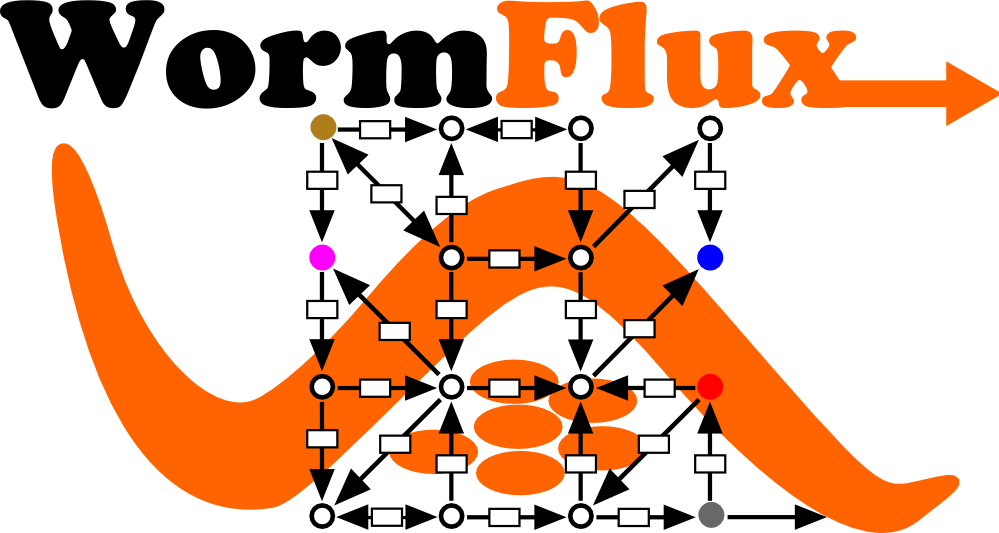
| Abbreviation ..................................................... | : | cholcoa |
| Name ..................................................... | : | Choloyl-CoA, etc.3alpha,7alpha,12alpha-Trihydroxy-5beta-cholanoyl-CoA, 3alpha,7alpha,12alpha-Trihydroxy-5beta-cholan-24-one-CoA |
| Model ID ..................................................... | : | C01794 |
| KEGG ID (?) Compounds in KEGG database that match this compound. ..................................................... | : |
C01794
|
| Formula ..................................................... | : | C45H70N7O20P3S |
| Charge ..................................................... | : | -4 |
| Localization ..................................................... | : | Cytosol |
| BiGG matches (?) Compounds in BiGG database that match this compound. ..................................................... | : | cholcoa |
| Other associations ..................................................... | : | See reaction table below. |
|
|
||
|
In WormPaths
(?)
Pathway maps where this metabolite is represented are listed here. Letters after map name indicate the compartments the metabolite is placed in the map: (c) Cytosol (m) Mitochondria (e) Extracellular space ..................................................... |
: | Biosynthesis of bile acid-like molecules (c) |
 |
||||||
 |
||||||
 |
||||||
 |